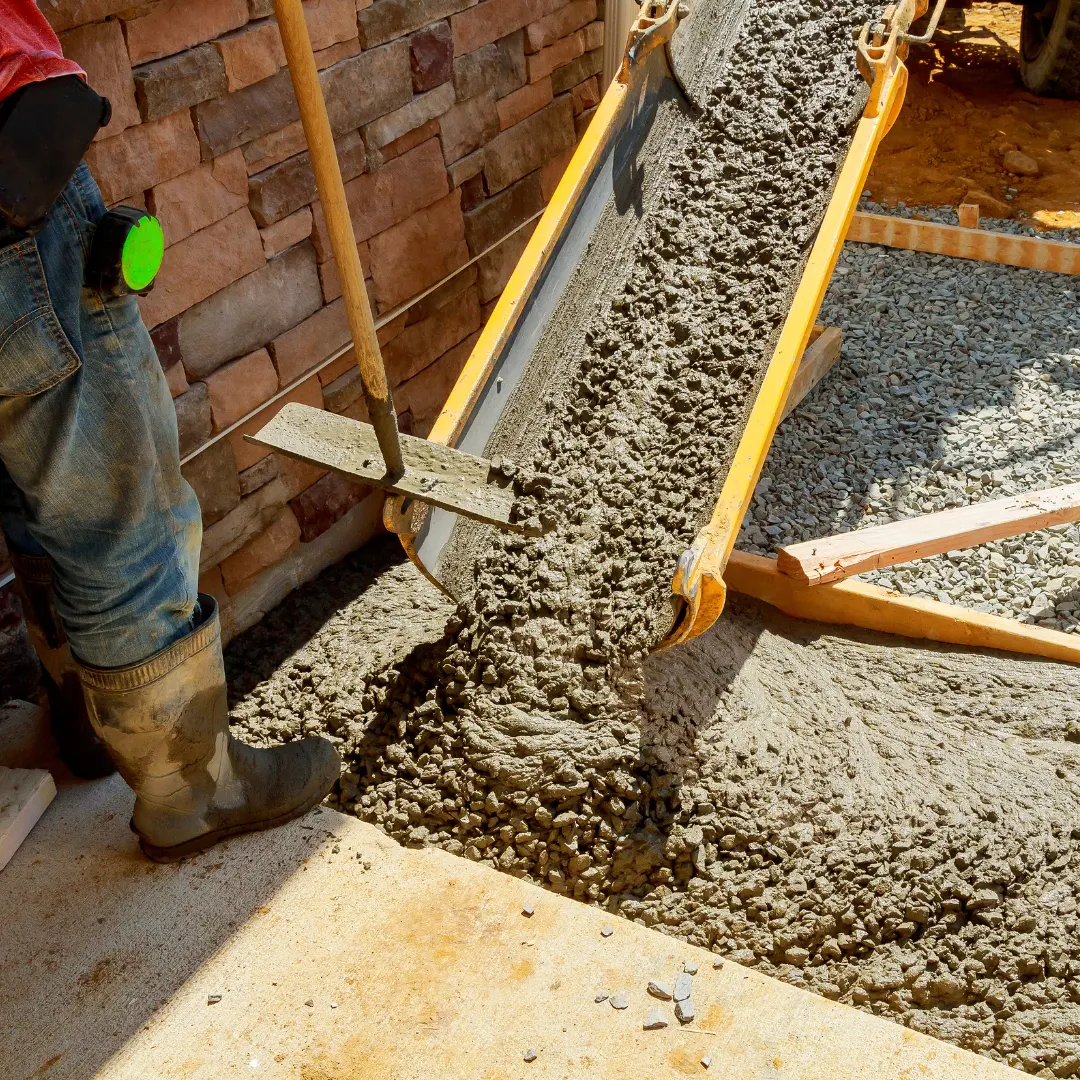Concrete vs. Alternative Building Materials: Pros and Cons
Posted on

In the field of construction, the choice of building materials is crucial in determining the longevity, cost-effectiveness, and adaptability of structures. With numerous available options, concrete stands out as a reliable and sturdy building material. In this article, we will compare concrete with other building materials, highlighting its undeniable strengths that make it a key component in construction projects. We will explore the advantages and disadvantages of concrete and its counterparts and explain why Suzio York Hill advocates for the enduring qualities of concrete.
Pros of Concrete:
Durability:
Concrete is an incredibly durable material that can withstand a wide range of environmental conditions. It is resistant to weathering, erosion, and chemical exposure, making it an excellent choice for structures that require long-term stability. Its durability results in reduced maintenance costs throughout the lifespan of a building.
Cost-Effectiveness:
When it comes to cost-effectiveness, concrete often outshines alternative building materials. Its affordability stems from the availability of raw materials, ease of production, and the simplicity of construction processes. Additionally, the long lifespan of concrete structures contributes to a lower overall cost of ownership, making it an economical choice for developers and homeowners alike.
Versatility:
Concrete's versatility is a key factor in its widespread use. It can be molded into various shapes and sizes, allowing for creative and innovative architectural designs. From sleek modern structures to timeless classical buildings, concrete provides a versatile canvas for architects and builders to bring their visions to life.
Cons of Alternative Building Materials:
Limited Durability:
Many alternative building materials may lack the durability that concrete offers. Some materials are prone to decay, corrosion, or structural instability over time, leading to increased maintenance costs and potential safety concerns.
Higher Costs in the Long Run:
While certain alternative materials may appear cost-effective initially, they can incur higher expenses in the long run due to maintenance, repairs, and replacements. Concrete's durability often results in lower life-cycle costs, making it a more financially sound investment.
Limited Design Flexibility:
Some alternative materials may have limitations in terms of design flexibility. Unlike concrete, which can be molded into a variety of shapes and forms, certain materials may restrict architects and builders in realizing their creative visions.
Concrete is often considered as one of the best construction materials due to its durability, affordability, and versatility. Suzio York Hill strongly advocates for the use of concrete in building projects. We recognize concrete's potential to withstand the test of time while fulfilling the diverse requirements of modern architecture.
As the construction industry evolves, it becomes increasingly crucial to compare the pros and cons of different building materials. Concrete, with its established track record and adaptability, remains a reliable ally in the pursuit of sustainable, resilient, and visually appealing structures. In the hands of skilled professionals and visionary architects, concrete continues to shape the skylines of our cities and stands as a testament to the lasting heritage of dependable construction materials.
